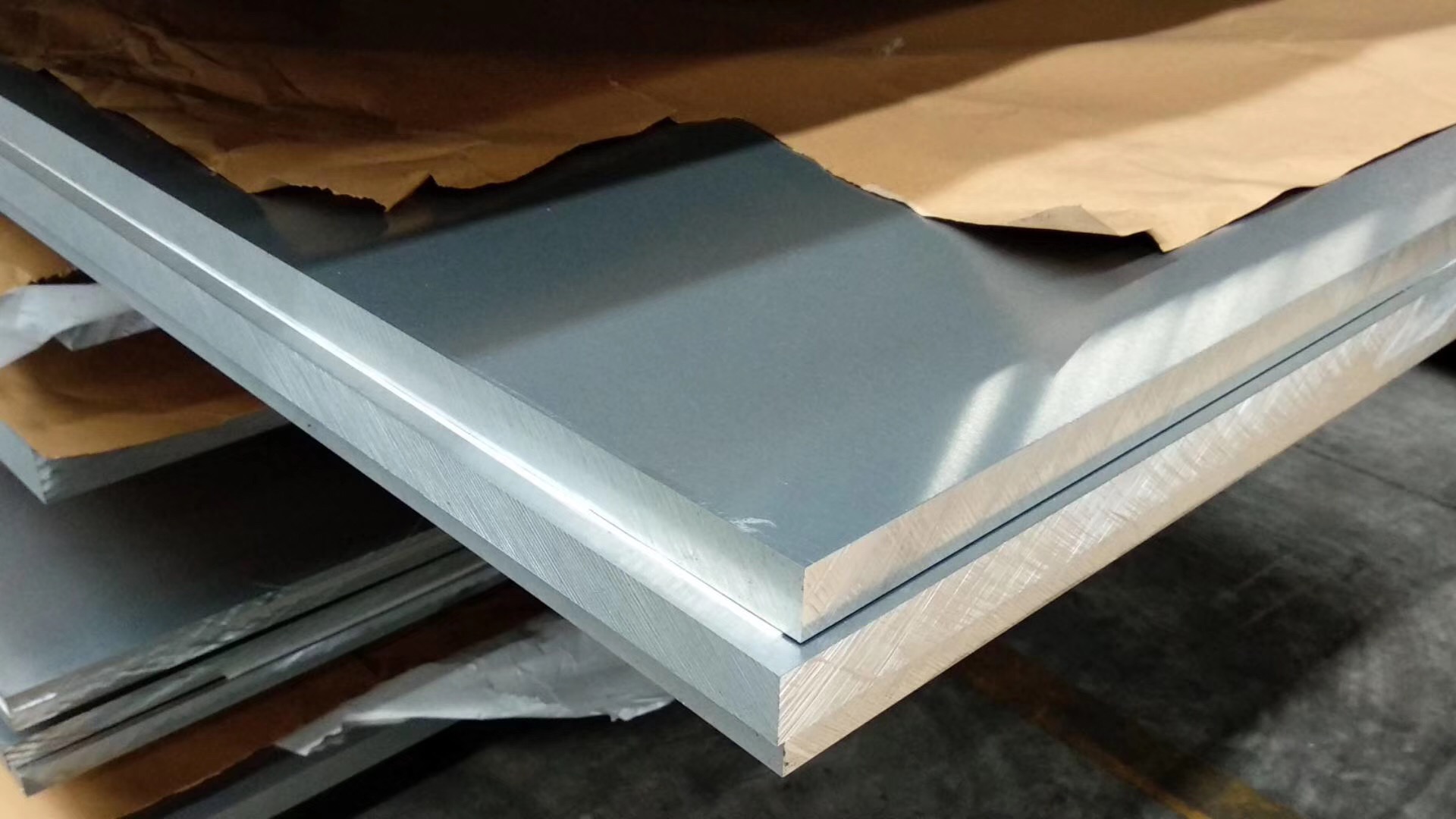
Aluminium sheets are integral to various industries, including construction, automotive, aerospace, and packaging. As we move further into 2024, understanding the price dynamics of aluminium sheets becomes essential for businesses to strategize and budget effectively. This blog explores the factors influencing aluminium sheet prices, recent market trends, and a forecast for 2024.
Key Factors Influencing Aluminium Sheet Prices
1. Raw Material Costs
The cost of bauxite, the primary raw material for aluminium, is a significant determinant of aluminium sheet prices. Changes in bauxite mining operations, geopolitical events, and shifts in energy prices (as aluminium production is energy-intensive) directly impact the cost of raw aluminium, thereby influencing sheet prices.
2. Global Demand and Supply
The balance between global demand and supply plays a crucial role. An increase in demand from emerging economies or a resurgence in industrial activities can drive prices up. Conversely, oversupply due to excessive production or decreased demand can lead to price drops.
3. Technological Advancements
Advancements in manufacturing processes, such as the development of more efficient production technologies, can lower production costs. Additionally, improvements in recycling technologies, which allow for more cost-effective reuse of scrap aluminium, can also influence prices.
4. Environmental Regulations
Environmental policies aimed at reducing carbon emissions and promoting sustainable practices impact production costs. Aluminium producers may need to invest in cleaner technologies, and these costs are often passed on to consumers in the form of higher prices.
5. Economic Indicators
Economic conditions globally and in major aluminium-consuming countries affect market demand. Indicators such as GDP growth, industrial output, and consumer spending can provide insights into potential price movements.
Recent Trends in Aluminium Sheet Prices
1. Post-Pandemic Recovery
The recovery from the COVID-19 pandemic has seen fluctuating demand for aluminium sheets. Initial lockdowns reduced industrial activity, leading to lower prices. However, as economies rebounded, so did demand, driving prices up. The pace of this recovery continues to influence market prices.
2. Geopolitical Tensions
Ongoing geopolitical tensions, such as trade wars and sanctions, particularly between major aluminium-producing countries like China, Russia to price volatility in the aluminium market. Any resolution or escalation in these tensions will have immediate and significant impacts on supply chains and pricing structures.
3. Energy Costs
Energy costs remain a critical factor. Rising prices for electricity and other energy sources have increased production costs for aluminium, subsequently raising sheet prices. Conversely, any reductions in energy costs could alleviate some of this pressure.
4. Sustainable Practices
A growing emphasis on sustainability has led to increased use of recycled aluminium. While this is beneficial for the environment, the fluctuating availability and quality of recycled material can impact prices. Additionally, the push for green manufacturing practices often necessitates initial capital investments, which can temporarily elevate prices.
5. Infrastructure Developments
Recent infrastructure developments in both developed and emerging economies have driven up the demand for aluminium sheets. Major construction projects, modernization of transportation networks, and urbanization efforts are all contributing factors. These trends are expected to continue in 2024, further influencing aluminium sheet prices.
2024 Aluminium Sheet Price Forecast
1. Steady Demand Growth
Economic growth in developing countries, coupled with ongoing recovery in developed nations, is expected to sustain demand for aluminium sheets. The construction and automotive industries, in particular, are likely to drive this demand, keeping prices relatively high.
2. Technological Integration
Continued integration of advanced technologies in production and recycling processes is anticipated. These advancements could lead to more efficient production methods and lower costs over time. However, the initial investment in these technologies may keep prices stable or slightly elevated in the short term.
3. Environmental and Regulatory Impact
Stricter environmental regulations are expected to continue shaping the aluminium market. Producers will need to comply with these regulations, potentially increasing costs. However, as the industry adapts, these costs might stabilize, leading to more predictable pricing.
4. Geopolitical Stability
The aluminium market remains sensitive to geopolitical developments. Any resolution or escalation in trade disputes, particularly involving major producers and consumers, will influence prices. A more stable geopolitical environment could lead to more predictable and stable prices.
5. Energy Market Trends
The future of energy costs is uncertain. If energy prices stabilize or decrease, it could lower production costs for aluminium sheets. Conversely, any spikes in energy prices could drive aluminium sheet prices higher.
6. Innovations in Recycling
As recycling technology continues to advance, the aluminium industry could see reduced dependency on primary aluminium production. This shift could stabilize or even lower prices in the long term. Enhanced recycling processes that efficiently convert scrap into high-quality aluminium will play a critical role in this transition.
7. Consumer Trends and Preferences
An increasing consumer preference for sustainable and environmentally friendly products could drive up demand for recycled aluminium sheets. This trend is likely to influence market dynamics and pricing structures. Manufacturers that can effectively market their products as eco-friendly may command higher prices.
Conclusion
The price of aluminium sheets in 2024 is poised to be influenced by a mix of economic recovery, technological advancements, environmental regulations, and geopolitical factors. While demand growth and sustainability initiatives are likely to keep prices stable or slightly elevated, advancements in technology and potential stabilization in energy costs could mitigate these increases.
For businesses relying on aluminium sheets, staying informed about these trends and factors is crucial. Monitoring global economic indicators, technological developments, and geopolitical events will help in anticipating price movements and making strategic decisions. As the market continues to evolve, adaptability and foresight will be key to navigating the complexities of aluminium sheet pricing.
Businesses should consider diversifying their supply chains, investing in technological innovations, and staying attuned to regulatory changes to maintain a competitive edge. By understanding and anticipating these influences, companies can better manage risks and capitalize on opportunities in the aluminium sheet market.